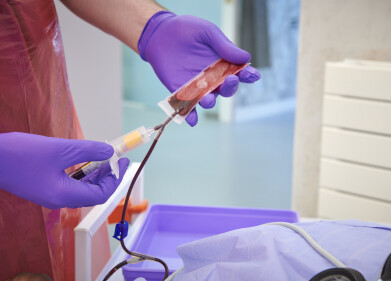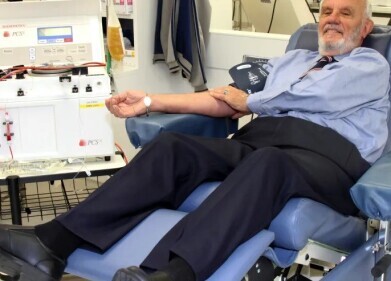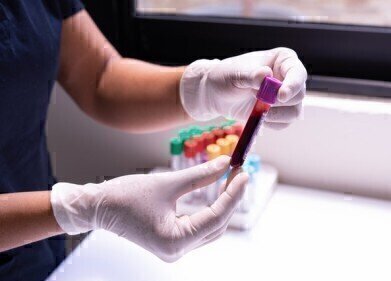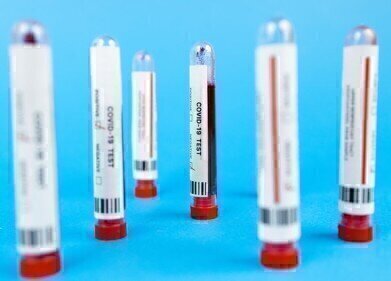Blood
Does Your Blood Type Matter?
May 04 2018
It's no secret that most blood transfusions call for a perfect match. But is there any variation between different types? According to new research, O blood type patients are almost three times more likely to die from severe injury than their A, B and AB counterparts.
The study was published in the journal Critical Care and led by Wataru Takayama of Japan's Tokyo Medical and Dental University Hospital. Together with a team of researchers, Takayama examined fatality cases of over 900 patients admitted to emergency critical care medical centres between 2013 and 2016. After comparing the death rates of different blood groups, they found that while A, B and AB faced a combined death rate of 11%, this spiked to 28% for type O patients.
Exploring the von Willebrand factor
Takayama and the team suspect that the striking contrast could be due to the von Willebrand factor, a theory which refers to the presence of a blood clotting agent. O blood types have lower levels than usual which makes them more vulnerable to haemorrhage, a form of bleeding that sees blood rapidly escape from a ruptured vessel. As a result, this increases the risk of fatalities after severe trauma.
While there's no way to reverse the risk, the team assert that recognising the differences between blood types could help emergency medical staff customise care and limit the risk as much as possible.
Haemorrhage and homeostasis
The research could also offer new insight into emergency transfusions, as O negative is considered a universal donor that's compatible with all other blood types.
"Our results also raise questions about how emergency transfusion of O type red blood cells to a severe trauma patient could affect homeostasis, the process which causes bleeding to stop, and if this is different from other blood types," explains Takayama. "Further research is necessary to investigate the results of our study and develop the best treatment strategy for severe trauma patients."
While more research is needed to make any clear-cut conclusions, the findings could help save lives. In the UK around 47% of the population fall into the O positive (40%) or O negative (7%) category. The US is similar, with roughly 45% of the population having O blood types.
The life sciences sphere is highly regulated, which calls for sophisticated fluorescence-based analytical methods. Spotlighting the latest Certified Reference Materials, 'New Confidence in Fluorescence - Developments in Instrument Qualification' introduces the latest technologies used in both NMIs and the commercial sector.
Digital Edition
Lab Asia Dec 2025
December 2025
Chromatography Articles- Cutting-edge sample preparation tools help laboratories to stay ahead of the curveMass Spectrometry & Spectroscopy Articles- Unlocking the complexity of metabolomics: Pushi...
View all digital editions
Events
Jan 21 2026 Tokyo, Japan
Jan 28 2026 Tokyo, Japan
Jan 29 2026 New Delhi, India
Feb 07 2026 Boston, MA, USA
Asia Pharma Expo/Asia Lab Expo
Feb 12 2026 Dhaka, Bangladesh



















